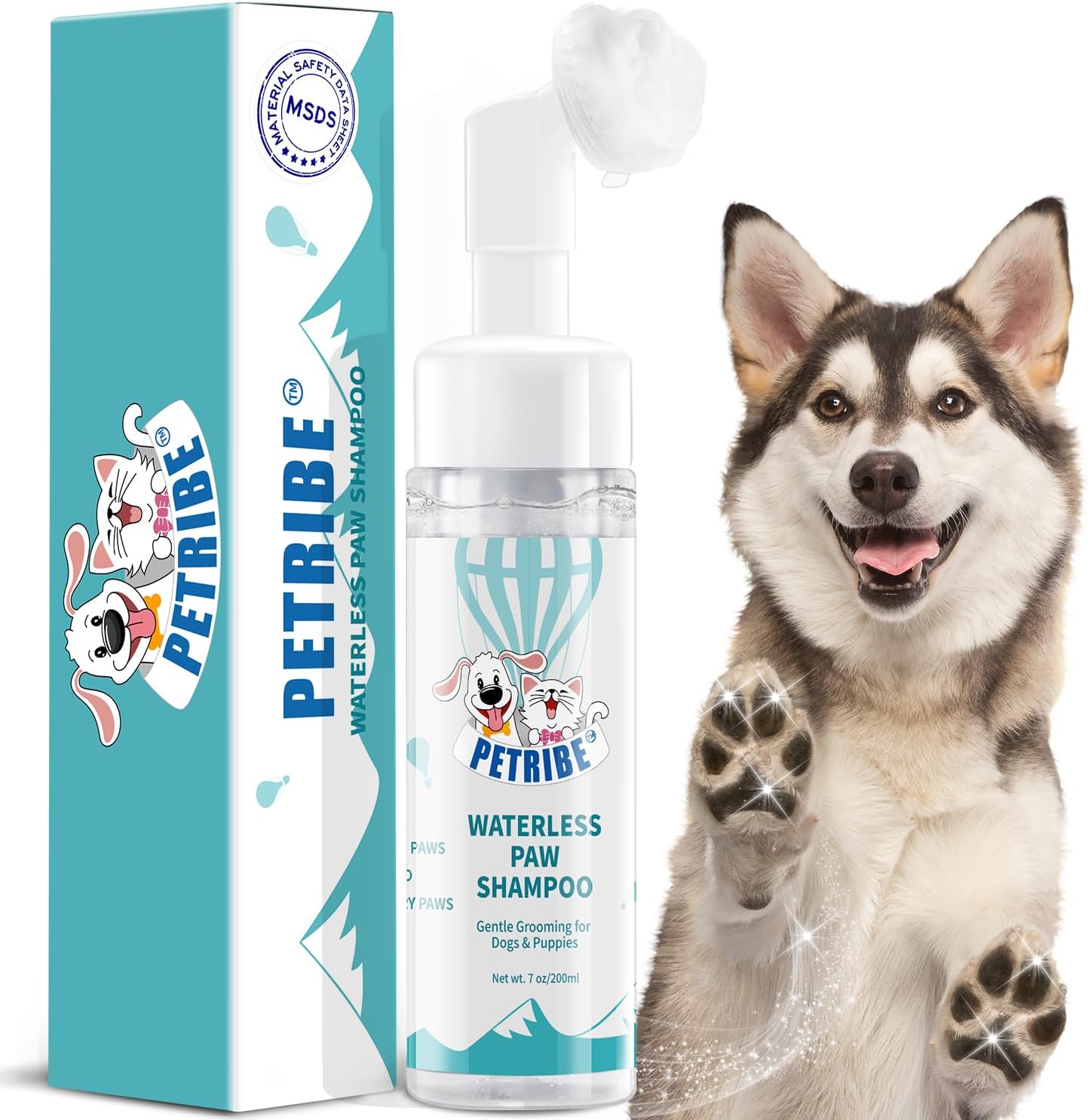Our pets are more than just animals; they are cherished members of our families. Yet, one aspect of their health that is often overlooked is their dental hygiene. Dental issues in dogs and cats are among the most common health problems they face, and if left untreated, they can lead to severe pain, systemic infections, and a diminished quality of life. This comprehensive guide will explore the causes, symptoms, prevention, and treatment of dental diseases in our furry companions, empowering you to take the best possible care of their oral health.
Importance of Routine Veterinary Dental Care
Just like humans, dogs and cats require regular dental check-ups. Routine veterinary care is the cornerstone of preventing severe dental disease. A veterinarian can perform a thorough oral examination, often identifying problems that are not visible to the untrained eye. Professional cleanings remove plaque and tartar buildup from above and below the gum line, a critical step in preventing periodontal disease. These routine visits are not just about cleaning; they are essential for early detection of issues like fractured teeth, oral tumors, and gingivitis, ultimately saving your pet from pain and you from costly procedures down the line.

Causes of Dental Issues in Dogs and Cats
The primary cause of most dental issues is the accumulation of plaque. When food particles and bacteria build up on the teeth, they form a sticky film called plaque. If not removed, plaque mineralizes into hard tartar (calculus), which irritates the gums and leads to inflammation known as gingivitis. Key contributing factors include:
-
Diet: Soft, wet foods can contribute more to plaque buildup than dry kibble, which may have some abrasive action.
-
Age: Dental problems become more common as pets get older.
-
Breed: Small dog breeds and brachycephalic (short-nosed) cats and dogs are often predisposed to overcrowded teeth, making them more susceptible to plaque accumulation.
-
Chewing Behavior: A lack of appropriate chew toys can prevent the natural cleaning of teeth.
-
Underlying Health Conditions: Diseases like diabetes or feline immunodeficiency virus (FIV) can increase the risk of dental problems.
Signs and Symptoms of Dental Issues in Dogs and Cats
Pets are experts at hiding pain, so owners must be vigilant. Common signs of dental disease include:
-
Bad Breath (Halitosis): While not all pet breath is fresh, persistently foul odor is a key indicator of bacterial infection.
-
Visible Tartar: Yellow or brown buildup on the teeth.
-
Red, Swollen, or Bleeding Gums: A sign of gingivitis or periodontitis.
-
Difficulty Eating: Dropping food, chewing on one side, or sudden reluctance to eat hard food.
-
Pawing at the Mouth or Facial Sensitivity: Indicating pain or discomfort.
-
Loose or Missing Teeth: A severe sign of advanced periodontal disease.
-
Drooling: Excessive drooling, sometimes tinged with blood.
How to Prevent Dental Issues in Dogs and Cats
Prevention is always better than cure. A proactive approach at home can significantly slow the progression of dental disease.
-
Regular Brushing: The gold standard of prevention. Use a pet-specific toothpaste and brush their teeth daily or several times a week.
-
Dental Diets and Treats: Specially formulated kibble or treats designed to scrub teeth as your pet chews can help reduce plaque.
-
Safe Chew Toys: Rubber toys, dental chews, and rawhide alternatives help mechanically clean teeth.
-
Water Additives: These can help reduce bacteria in the mouth but should not replace brushing.
-
Professional Cleanings: Follow your veterinarian's recommended schedule for professional cleanings under anesthesia.
Treatment Options for Dental Issues
If dental disease has already set in, professional treatment is necessary. The cornerstone of treatment is a comprehensive dental cleaning and assessment performed under general anesthesia. This allows the veterinarian to:
-
Scale the teeth to remove plaque and tartar above and below the gum line.
-
Polish the teeth to smooth the enamel and slow future plaque adhesion.
-
Probe around each tooth to check for periodontal pockets.
-
Take Dental X-Rays: This is crucial for evaluating the health of the tooth roots and jawbone below the gum line, where most serious problems hide.
Depending on the findings, treatment may include:
-
Tooth Extractions: Severely diseased, loose, or broken teeth often need to be removed to eliminate a source of pain and infection.
-
Advanced Procedures: Some veterinary dentists perform root canals, crowns, and other restorative procedures.
Conclusion
Your pet's dental health is an integral part of their overall well-being. Ignoring it can lead to unnecessary pain, serious systemic infections affecting the heart and kidneys, and a lower quality of life. By understanding the causes and symptoms, committing to a strong preventive care routine at home, and ensuring regular check-ups with your veterinarian, you can protect your dog or cat from the discomfort of dental disease. A healthy mouth contributes to a happier, healthier, and longer life for your beloved companion. Schedule a dental check-up with your vet today and take the first step toward a brighter smile for your pet.





























